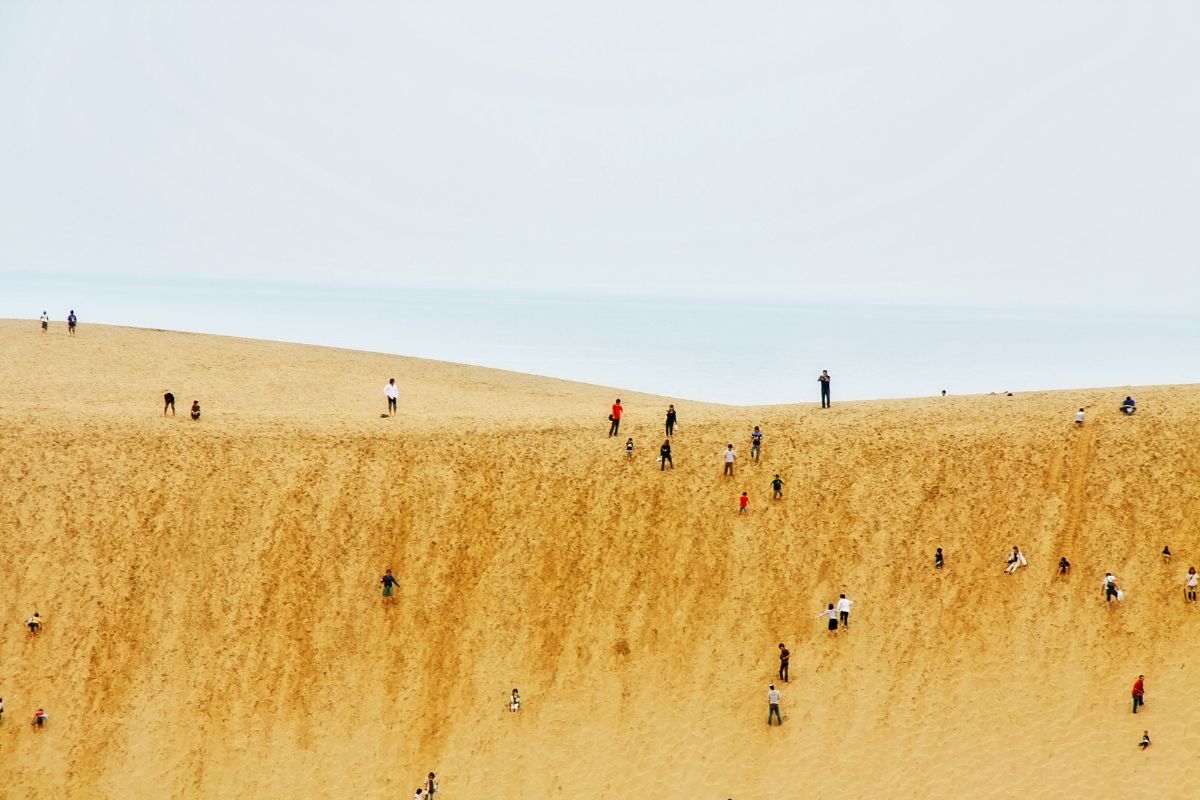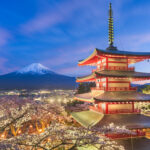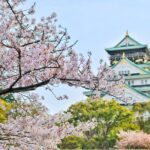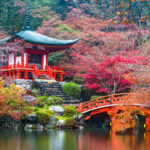Japan is a beautiful country and a very popular tourist destination.
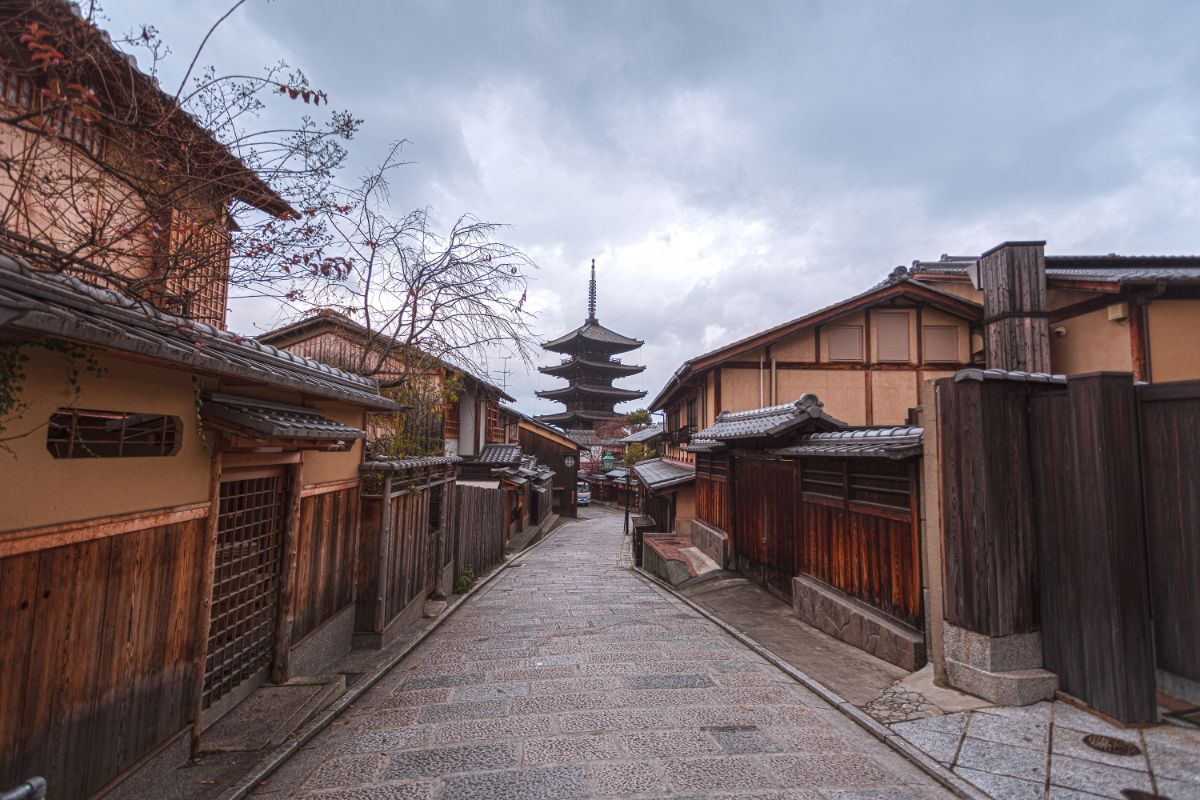
The weather can range from snowy wonderlands to sand dunes! This island country has a lot to offer, but the weather is something that many tourists don’t expect when they first visit.
The humidity can be difficult to deal with if you aren’t used to it. In the summer months, humidity levels can reach as high as 83%.
If you aren’t accustomed to dealing with humidity levels like that, then Japan could be a nasty surprise for you.
There are a number of factors that contribute to Japan’s humidity levels, and why they vary so much.
If you want to learn about Japan’s humidity and the most humid spots in the country, keep reading.
We’ll go over everything you need to know about it all in this article.
Is Japan Humid?
In short – yes. Japan can be an incredibly humid country, but only in the summer.
During the spring, fall, and winter, Japan isn’t very humid at all. June, July, and August are the most humid months, especially in Naha.
Compared to Tokyo and Sapporo, Naha experiences high humidity and heat levels.
This is because Naha is far south and located on the island of Okinawa. Sapporo is on the island of Hokkaido, and Tokyo is on the main island of Honshu.
The humidity levels you experience in Japan will vary greatly depending on where you choose to visit.
As a general rule, the further north you travel (e.g. Sapporo), the less humid it will be.
Tokyo’s humidity typically sits somewhere between the levels in Naha and Sapporo due to the geographical location.
For comparison, the humidity levels in June in Naha, Tokyo, and Sapporo are 83%, 75%, and 72% retrospectively.
About Japan’s Geography
Because Japan is an island, it experiences many weather conditions over the year.
On the east coast is the Pacific Ocean, and on the west is the Sea of Japan.
Although there are four main islands, Japan is an archipelago with almost 7,000 islands.
The country’s closest neighbors are China and Korea, and has a total landmass of 150,000 square miles.
While not very large, the thousands of islands spread across a large area.
If the archipelago was placed beside the West Coast of the United States, they would spread from central Washington all the way down to Baja California.
As such, the country experiences a huge range of weather conditions and humidity levels.
Humidity Levels In Japan
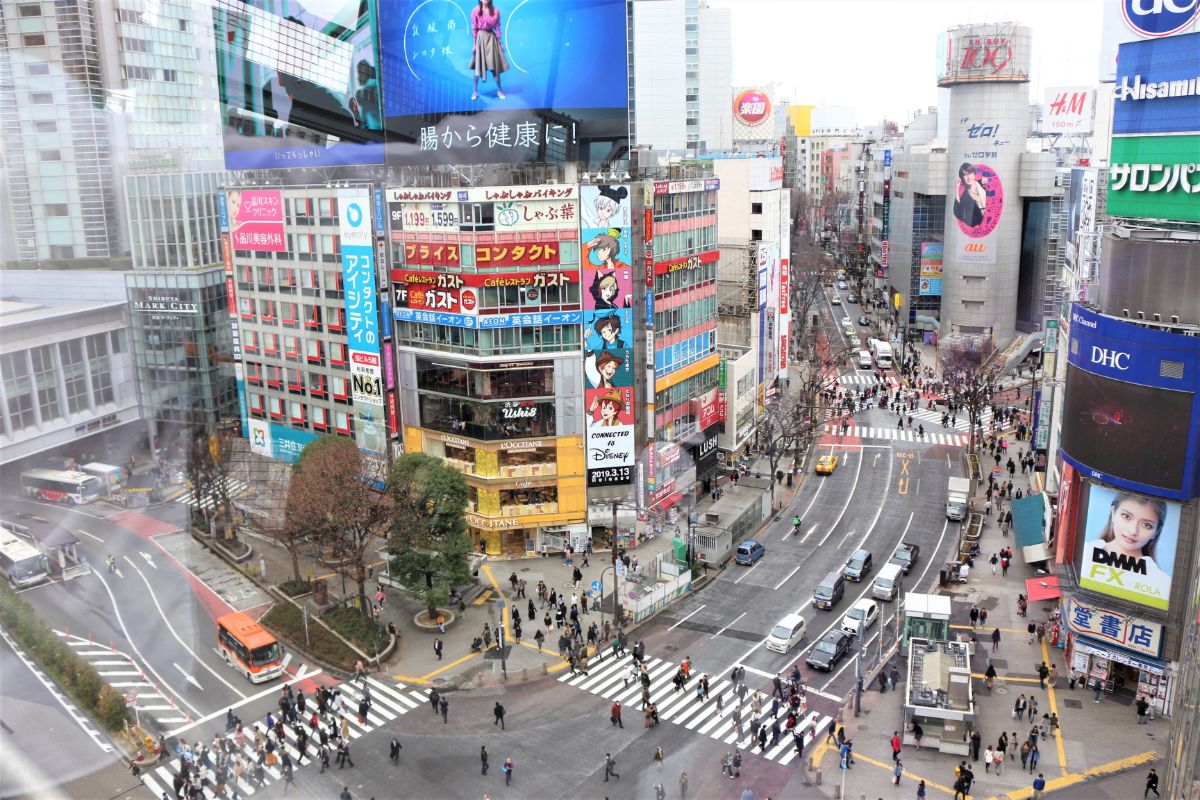
The rainy season can have a big impact on the humidity levels in Japan. This season sometimes starts in May for some regions.
This can increase humidity levels in some areas, but isn’t typically seen all over the country yet.
However, even at this point, humidity isn’t a big issue for most people.
Only when the rainy season takes hold in June does humidity rise drastically.
At this point, levels of humidity will begin to rise throughout Japan.
The only area that experiences less rain during this time is the island of Hokkaido. Okinawa, on the other hand, experiences its rainy season early.
Generally, you can expect the rainy season (and humidity along with it), to happen on southern islands first.
By the time July comes around, it’s possible to have a few rain-free days on this island.
However, that doesn’t mean that the humidity is no longer an issue.
With August comes typhoon season and more humidity across the country. By the time September arrives, humidity levels are already starting to drop, but are still high.
The relative humidity levels at this point are typically between 71%-76%.
Levels drop significantly by the time October rolls around. In Sapporo, levels are around 67%, and Naha is 71%.
Why Is Japan So Humid?
Feeling humidity all comes down to the dew point. This refers to how quickly the sweat on your skin will evaporate, allowing your body to cool down. Humidity itself refers to the amount of moisture or water vapor in the air.
The “Pacific high” is the primary reason for the high levels of humidity in Japan.
In other words, high pressure forms over the Pacific Ocean. This contains a lot of water vapor.
The high pressure travels north as summer approaches, and covers Japan and all its islands.
Because this “Pacific high” is full of water vapor, it doesn’t allow the sweat on your skin to evaporate and cool you down.
Sweat stays on you rather than evaporating, and you feel the heat more.
This explains why summer heat can be such an issue in Japan. Temperature rarely reach above 90 degrees Fahrenheit, but the humidity exacerbates it.
When your sweat can’t cool you down, even relatively mild temperatures can feel unpleasantly hot.
Dressing For The Humidity
If you’re planning on visiting Japan at the height of summer, you will need to know how to dress.
Summer is the season of festivities, but it’s difficult to enjoy them if you’re soaking wet with your own sweat.
Generally, you can expect to combat the humidity by wearing loose fitting clothes that are light and airy will help.
You can wear shorts and short skirts in urban areas without judgement.
When you visit more rural areas, however, you’re expected to cover up more.
The same applies when you visit shrines or temples. Dressing in a more conservative manner is more socially acceptable in those cases.
If you can, stick to cotton fabrics and use hats and sunscreen.
Without these precautions, you will likely overheat and have an unpleasant time on your visit.
Final Thoughts
Japan has very humid summers because of high pressure and the rainy season. Its location on the Pacific Ocean impacts the climate a great deal.
Despite temperatures not generally being higher than 90 degrees Fahrenheit, humidity can make it feel a lot hotter.
Knowing how to dress can go a long way to ensuring you’re comfortable.
Tourists likened Japan’s humidity to a hot sauna. Whether you sit, eat, or walk, you will sweat. Knowing how to combat it and remain comfortable is essential on your travels.
- 16 Best Websites To Watch Japanese Movies With English Subtitles - May 11, 2023
- Is ZIPAIR The Best Airline For Traveling To Japan? - May 11, 2023
- Ryu Murakami Vs Haruki Murakami – Which One Should You Read? - May 11, 2023


